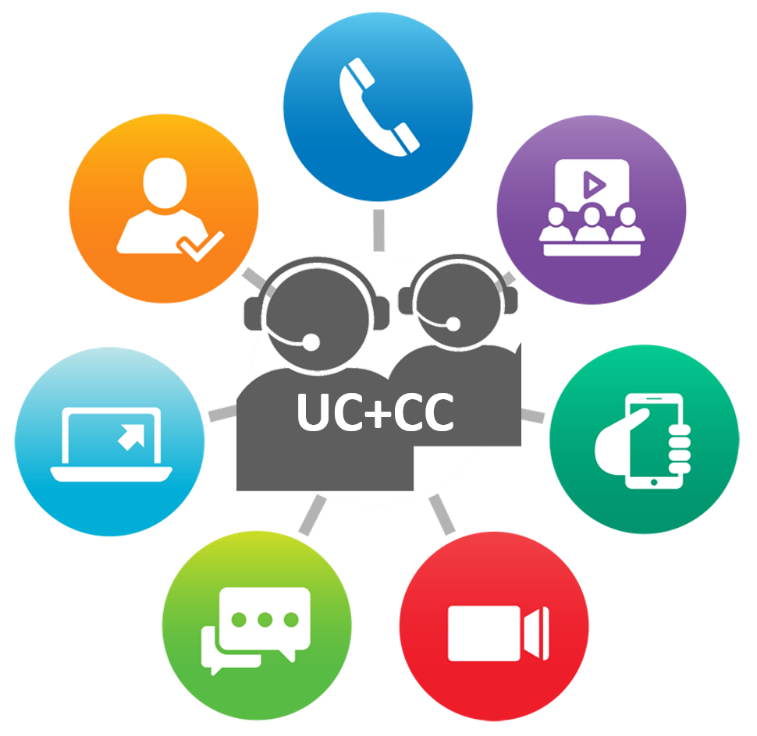Once upon a time there was something called a “call center.” That’s because you would make a telephone call to it. It was a central place where agents were located that you would communicate with via a telephone call. That was the only real way to communicate with them. Over time, fax was added so it wasn’t just phone calls, and then emails were added next. Fast forward to today, and there aren’t really call centers anymore. There are contact centers, and you can communicate with them in different ways – websites, various social media platforms, apps designed to specifically interact with the company (that even proactively ‘push’ information to you), text, video, and, yes, still even phone calls and emails and fax.
 This evolution towards a contact center was driven by many things – technological advances in networks, for example, that made this possible. But even beyond that, it was driven by people wanting to communicate in different ways – ways that were easier and more efficient for them. And it was also driven by companies wanting to reduce costs because if communication could become more structured towards self-help and less towards people and real time communications, costs would be reduced and customer satisfaction could also potentially go up. Put together, these combined to enable enhanced multi-modal communication to become reality in today’s world.
This evolution towards a contact center was driven by many things – technological advances in networks, for example, that made this possible. But even beyond that, it was driven by people wanting to communicate in different ways – ways that were easier and more efficient for them. And it was also driven by companies wanting to reduce costs because if communication could become more structured towards self-help and less towards people and real time communications, costs would be reduced and customer satisfaction could also potentially go up. Put together, these combined to enable enhanced multi-modal communication to become reality in today’s world.
There are still changes occurring in the world of contact centers, especially as it relates to small and medium businesses. Many small businesses have done so already or are looking to update their existing phone system to a modern phone system that includes Unified Communications capabilities. These capabilities include instant messaging to colleagues, even on their mobile phones, having your smartphone also be an extension of your office business phone number (i.e. your smartphone would ring on a call to your office number), and email and fax integration.
During this Work From Home, or Remote Work period we are now in, companies with UC systems have been able to fare better. One important aspect of UC is the mobility angle – since the communication is on IP, it can be via LTE or WiFi, which means you can be connected remotely relatively easily. So you can work remote, or work from home, or even on a boat. Anyplace with an LTE or WiFi connection. And with an expected 628 million public WiFi hotspots by 2023 (up from 169 Million in 2018), this trend will continue for sure. Video conference calls with teammates and customers, phone numbers ringing to your laptop or smartphone, a single place to look for customer messages or emails, etc. enabled companies to have employees work remotely and seamlessly continue to drive the business forward.
But getting back to the UC capabilities that are in the business phone system. This sounds familiar, right? Yes, this is multimodal communication as describe above, but in the business phone system.
Next week, I will explore this topic in more detail.
Want to share this? Click here for an attractive PDF of this blog series!